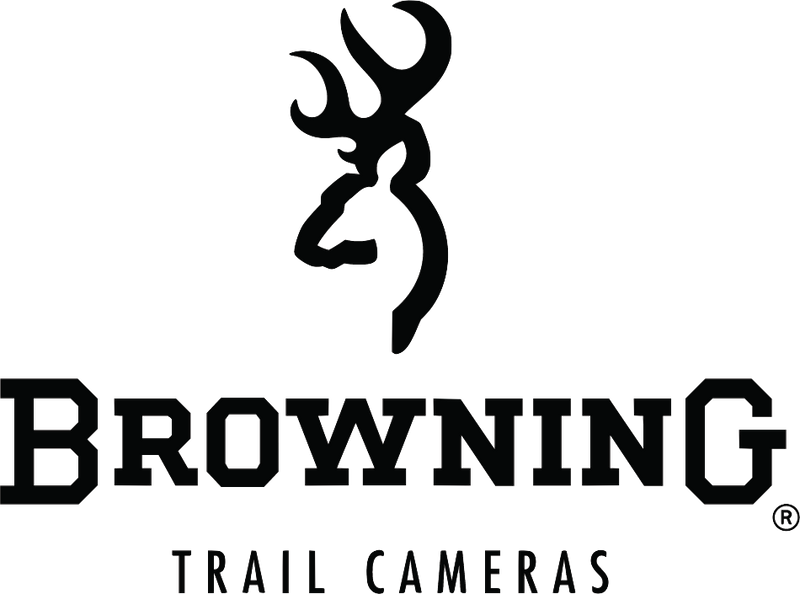How To Prevent Trail Camera Theft
You’re never prepared for it. I simply stood and stared at the tree, not wanting to admit it was really gone. I did what we all do: I slowly looked around the surrounding area, with futile hopes that maybe I was looking in the wrong spot. Thieves suck, and the sad fact of the matter is most of time it’s a fellow outdoorsman like you and me that steal from us. If it was just a small, select degenerate portion of the population, so many of us wouldn’t experience it.
I quickly hurried to the other side of the field, praying the scumbag had missed my second camera and perhaps I’d been lucky enough to capture his image on it. Sadly, it was gone too: over $300 worth of my hard-earned money… gone in the blink of an eye. If you’ve ran trail cameras long enough, you’ve had it happen too. If you haven’t, keep at it – you probably will. Here are a couple tips I’ve learned over the years to minimize theft as much as I can while still getting some use out of my arsenal of cameras.
- First, avoid obvious places. Field edges on public land, for instance. That huge main trail leading to the cut corn field from that inside corner… you think you’re the only hunter that’s noticed that? Go in deep. No… deeper.
- Lose the strap. If there’s one thing that stands out like a beacon to a camera thief in the woods, it’s that tell-tale horizontal strap spanning the girth of a tree in the distance. What really hurts you is the fact that it can be seen from every angle, and from a pretty good distance. Nature basically runs vertically in the woods. I can’t tell you how many times I’ve picked out a deer in the woods because of the horizontal line of its back. I also can’t tell you how many times you’ve lost a camera because a thief picked out the horizontal line of your strap. There are several screw-in tree mounts available on the market with infinite adjustability.
Here's the front view showing the difference of attaching a trail camera traditionally with the factory strap and with using a screw-in tree mount.
Same two trail cameras from the back. The top trail camera is still there, though you'd never know it when seen from the back of the tree.
- Get airborne. Most guys walking around the woods are 5’8” – 6’3” if I were to guess. That’s really not much variation in eye level if you think about it, and we tend to look at that level and below when walking through the woods. For the guys placing their cameras at “deer level” to get that great shot? Yeah, it’s also at theft level. I take my climber in with me now when setting cameras and typically place them 15’ up the tree angled back down. This will actually help you accomplish two things: Avoid easy detection from potential thieves, and it will also help you not spook as many deer – even when you’re running black flash, because they can’t see the camera itself.
This is how the author prefers to set most of his trail cameras these days: 15' up a tree and angled down.
- Lock it up. “Locks are for honest people,” my father told me when I was a kid. I never forgot that lesson, largely because it’s true. If a thief wants your camera bad enough, he’ll get it. But by and large, securing your camera in a steel security box and cabling it to the tree with a Master Lock Python Cable can go a long way to keeping honest people honest. I mention this option last, as it defeats some of the aforementioned tips: It’s hard to place a lock box at 15’ angled down, and the steel box strap and python cable will have to go around the tree. Browning Trail Cameras offers a Security Box for their trail cameras that is available to purchase on their website here.
The bottom line is that, sadly, in our world you’re just going to have to come to grips with the fact of having a camera stolen every now and then. It’s like being a bowhunter: I know that I’m going to crack or splinter or even lose an arrow every now and then and need to replace it. It’s not as easy a pill to swallow with an expensive trail camera though, so I hope some of these tips help you the next time you set out to hang your cameras.
Greg Staggs is the former back-page columnist for Inside Archery, and his writing regularly appears in such magazines as Outdoor Life and Petersen’s Bowhunting. Staggs loves introducing his two boys to all things outdoors, including fishing, trapping, canoeing and camping, and has been chasing turkeys and big game exclusively with archery equipment for over 20 years.



